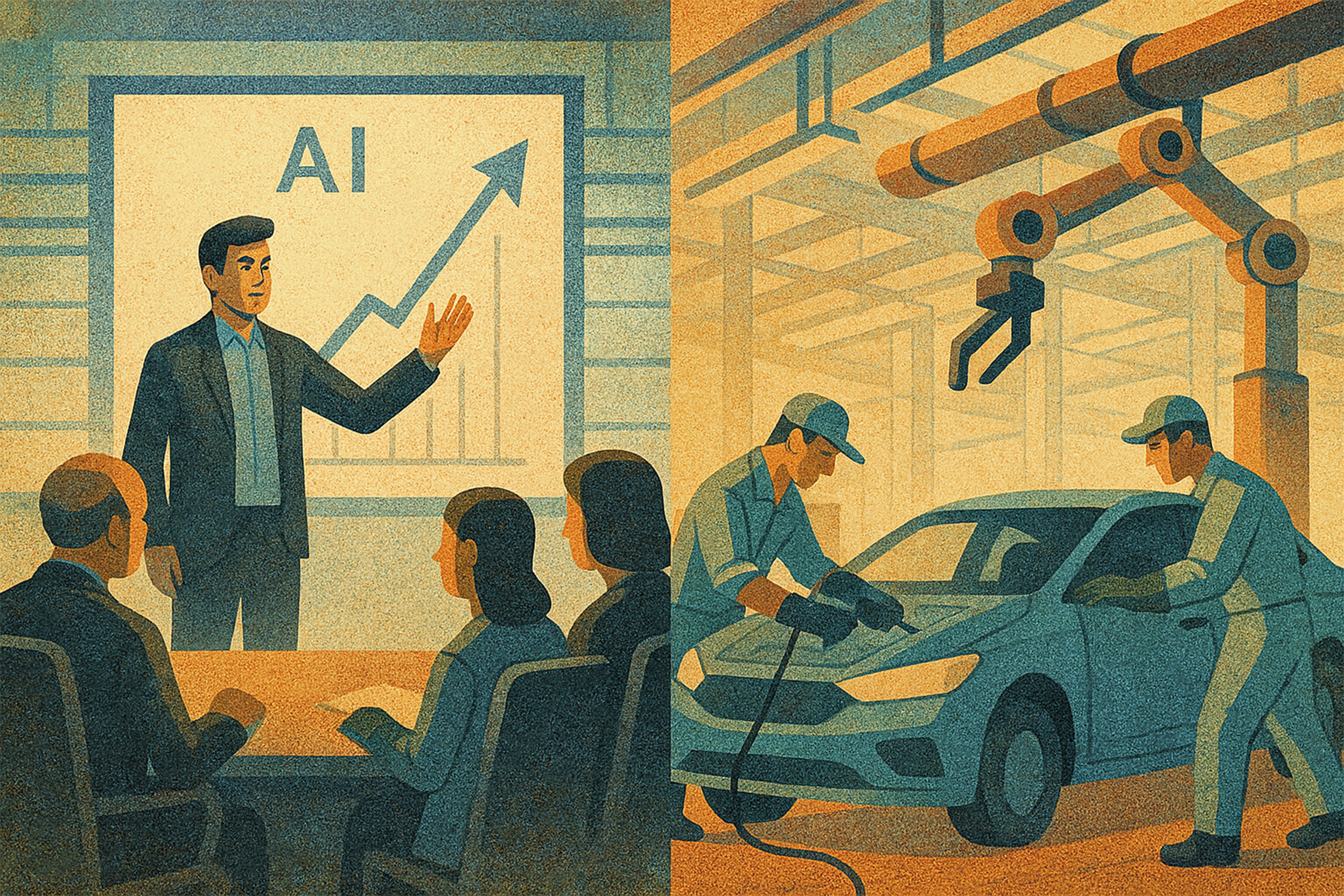
In the past few months, creative AI systems such as DALL-E and Midjourney have taken the internet by storm with their “artistic” creations. These systems have the ability to generate new digital imagery based on a combination of keywords. Using state-of-the-art neural networks, they have been trained by millions of tagged images scraped from the internet and can recreate almost any conceivable picture in any visual style ranging from photorealism to cubism. DALL-E’s newest functionality “outpainting" enables you to extend existing pictures and even famous paintings beyond their frames. Stable Diffusion, another variant of an image synthesis model, has gone so far as to make its code open source, thereby allowing others to train their own “creative AI” from their own computer or soon even their phone. On top of that, an AI recently won a digital arts competition, leaving some artists angered.
These developments raise the question of what is the rightful place of these artificial artists within the arts and wider creative industry. Firstly, as we can already see, these AI artists have spurred a discussion around the nature of creativity. Some perceive the creative efforts of AI as nothing more than number crunching or as ruining creativity. Others see them as a different form of co-creation in which a person is in creative dialogue with an AI. More extremely, one could argue that through DALL-E, users are in creative dialogue with the millions of people that have contributed to the training set with their photos and pictures. However, this view might have enormous consequences for copyright, as it is not entirely clear who is responsible for the end result: the user, the AI, the programmer or the owners of the images in the training set. Actually, all of the above are probably true. Consequently, one could even imagine a future copyright system that makes use of the same technology to give weighted credit to all participants based on their contribution. Until that time, we give all the credit to DALL-E2 for the image accompanying this article.
